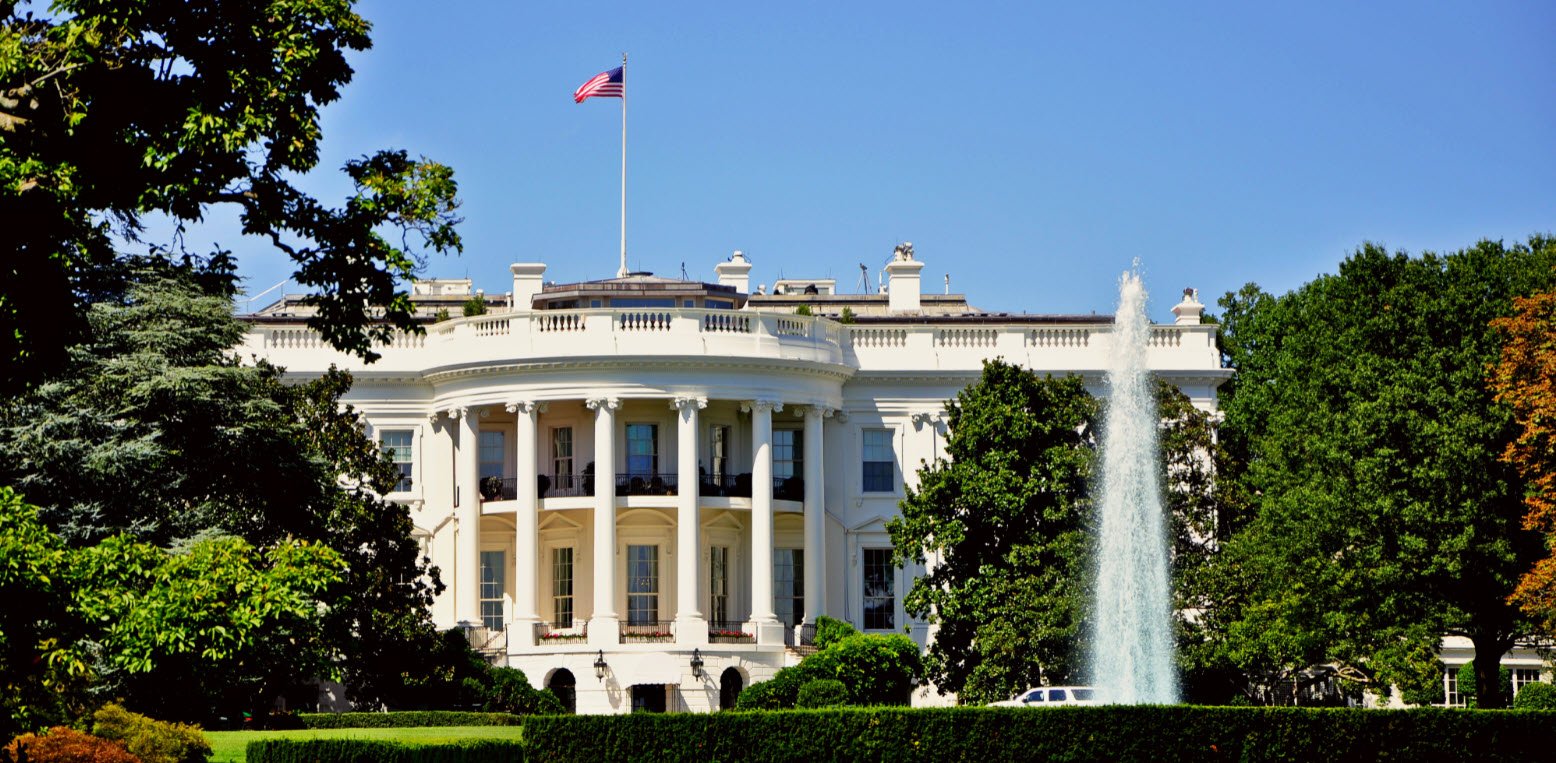In brief
As a result of COVID-19, construction on a number of renewable energy projects has been repeatedly delayed, potentially jeopardizing valuable tax benefits under the investment credit provisions. Such provisions require taxpayers to make continuous progress toward completion of the project once construction has begun (“Continuity Requirement”).
In depth
On 29 June 2021, Treasury and the Internal Revenue Service (IRS) issued Notice 2021-41, which extended a safe harbor for the Continuity Requirement (“Continuity Safe Harbor”) for renewable energy projects and clarified the methods that taxpayers may use to satisfy the Continuity Requirement under Code sections 45 and 48. In response to delays caused by COVID-19, the IRS previously issued Notice 2020-41, which originally extended the Continuity Safe Harbor to five years for projects beginning construction in 2016 or 2017. Given the ongoing effects of COVID-19, Treasury and the IRS further extended the Safe Harbor in Notice 2021-41, providing a six-year safe harbor for projects beginning construction in 2016 to 2019 and a five-year safe harbor for projects beginning construction in 2020.
Statutory background
Section 45 (the production tax credit or PTC) and Section 48 (the investment tax credit or ITC) allow taxpayers to claim tax credits on eligible projects that begin construction by specific dates. With respect to both the PTC and the ITC, taxpayers must satisfy a “beginning of construction requirement.” Under this requirement, taxpayers generally must begin construction on “qualified facilities” before 1 January 2022 to claim the PTC. Similarly, construction of “energy property” must begin before 1 January 2024 for a taxpayer to claim the ITC. These deadlines reflect the recent extension in the Taxpayer Certainty and Disaster Relief Act, which Congress enacted in the Consolidated Appropriations Act of 2021. The PTC is available for a 10-year period beginning with the tax year the qualified facility is “placed in service.” The ITC is available for a specified percentage of the energy property’s cost basis, up to 30%.
Physical Work Test and the Five Percent Safe Harbor
Due to yearly phase downs of the PTC and ITC, the amount of credit that a taxpayer can obtain depends on the year construction of a qualified facility or energy property began. Under existing IRS guidance, taxpayers can show that construction began based on the date when: (1) physical work of a significant nature has begun (“Physical Work Test”), or (2) at least 5% of the project’s costs have been incurred (“Five Percent Safe Harbor Test”). For purposes of both tests, the taxpayer must satisfy the Continuity Requirement. The Continuity Requirement requires taxpayers to show either a “continuous program of construction,” for purposes of the Physical Work Test, or “continuous efforts to advance [the project] toward completion,” for purposes of the Five Percent Safe Harbor Test. See Notice 2021-41 at 3-4.
The Continuity Safe Harbor
In several notices, the IRS has provided a Continuity Safe Harbor, which deems a project to have satisfied the Continuity Requirement if the project is “placed in service” no later than four years after construction began. See Notice 2018-59; Notice 2017-04; Notice 2016-31; Notice 2015-25; Notice 2013-60.
In response to the COVID-19 pandemic, the IRS extended the Continuity Safe Harbor on 27 May 2020 in Notice 2020-41. Notice 2020-41 stated that the Continuity Safe Harbor is satisfied if a taxpayer places the qualified facility or energy property in service within five years after the calendar year during which construction began for projects that began construction in 2016 or 2017.
Notice 2021-41 further extends the Continuity Safe Harbor as a result of the ongoing effects of the COVID-19 pandemic. For qualified facilities or energy property on which the taxpayer began construction in 2016, 2017, 2018, or 2019, the Continuity Safe Harbor is satisfied if the taxpayer places the qualified facility or energy property in service within six years after the calendar year during which construction began. For qualified facilities or energy property on which the taxpayer began construction in 2020, the taxpayer must place the qualified facility or energy property in service within five years after the calendar year during which construction began.
Finally, Notice 2021-41 clarifies the methods that taxpayers may use to satisfy the Continuity Requirement. In particular, the notice allows any qualified facility or energy property to which the Continuity Safe Harbor does not apply to satisfy the Continuity Requirement if the taxpayer meets either the “continuous program of construction” test that is applicable to the Physical Work Test or the “continuous efforts” test that is applicable to the Five Percent Safe Harbor Test. Use of either standard provides welcome relief to taxpayers who have been forced to delay construction due to the effects of COVID-19. Although both tests are inherently facts-and-circumstances analyses, taxpayers should have an easier time demonstrating that they have made sufficient progress on construction, particularly for taxpayers who would otherwise rely on the Physical Work Test, but can now show that they are making continuous efforts on the project.
Conclusion
Notice 2021-41 provides much-needed relief to taxpayers still experiencing disruptions due to COVID-19. Given the Biden Administration’s push for carbon neutrality and the Administration’s and Congress’s increased focus on incentivizing renewable energy projects, it is not surprising that the IRS has chosen to further protect taxpayers’ ability to claim valuable tax benefits for renewable energy projects.
Other US Tax News and Developments
United States: New QOZ amendments area mixed bag, giving both clarification and ambiguity
United States: Supreme Court denies review of New Hampshire’s lawsuit against Massachusetts



